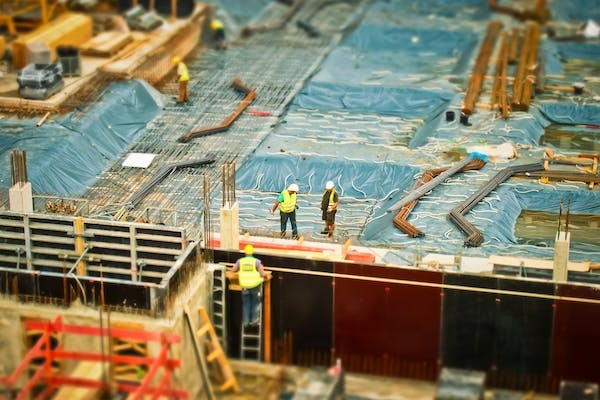The selection of packaging is just as important as the meal itself when it comes to food service. For businesses offering food to-go, selecting the right type of containers is essential for both customer satisfaction and operational efficiency. This article delves into the various materials used for takeaway boxes, helping you decipher which might be the best fit for your business.
The Classic Choice: Paper and Cardboard Options
Paper and cardboard are among the most commonly used materials for food containers. Their popularity stems from their lightweight nature and ease of customisation. These containers are ideal for a variety of foods, ranging from sandwiches to salads. They are also typically easier to print on, allowing for seamless branding opportunities. However, their susceptibility to moisture and grease can be a limiting factor, especially for more liquid-based foods. Moreover, for businesses looking to enhance their eco-friendly image, paper and cardboard are often sourced from sustainable forests, making them a more environmentally responsible choice. They also offer a classic aesthetic appeal that resonates well with a broad customer base.
Plastic: Durability Meets Versatility
Plastic containers are celebrated for their durability and versatility. They are capable of holding a range of food items, from hot soups to cold desserts, without compromising their structure. The transparent nature of some plastic containers also allows customers to view their order before opening, enhancing the user experience. However, with growing environmental concerns, businesses may need to balance the benefits of plastic with its ecological impact. Recent advancements in plastic technology have led to more recyclable and biodegradable options, providing a middle ground for businesses. Furthermore, the ability of plastic containers to seal tightly makes them a preferred choice for preventing spills and maintaining food quality during transit.
Aluminium: The Heat Retainer
Aluminium containers are excellent for keeping food warm, making them a preferred choice for dishes that need to maintain heat during transit. They are also lightweight and can be moulded into various shapes and sizes. Aluminum’s reflective surface can also add a touch of elegance to the presentation. The downside is that they’re not suitable for all types of food, particularly acidic dishes that can react with the metal. Additionally, aluminium is recyclable, making it a somewhat eco-friendly option compared to some plastics. However, the cost of aluminium can be higher, which might affect the overall budget of small-scale food businesses.
Biodegradable and Compostable Alternatives
As the industry leans towards more environmentally friendly practices, biodegradable and compostable materials are becoming increasingly popular. These materials, made from substances like cornstarch or sugarcane, break down much faster than traditional plastics and have a lesser environmental footprint. They are ideal for businesses aiming to project a green image, but they can be more costly and may have limitations in terms of durability and moisture resistance. These materials are particularly appealing to a customer base that is highly conscious of their environmental impact.
Styrene Foam: Lightweight and Insulating
Styrene foam, often known by its commercial name, is a lightweight material that provides excellent insulation for both hot and cold foods. It’s relatively inexpensive and can be a cost-effective solution for many businesses. However, its environmental impact is significant, as it is not biodegradable and can be difficult to recycle. In many regions, there is growing legislation against the use of styrene foam due to its environmental issues, which is something businesses need to consider.
In conclusion, selecting the right material for your takeaway boxes is a decision that requires careful consideration of various factors including food type, customer preferences, branding, and environmental impact. Whether it’s the versatile plastic, eco-friendly biodegradable options, or the classic paper and cardboard, each material offers unique benefits and challenges. By gaining insight into the pros and cons of each option, businesses can make an informed choice that aligns with their values and meets their operational needs.



